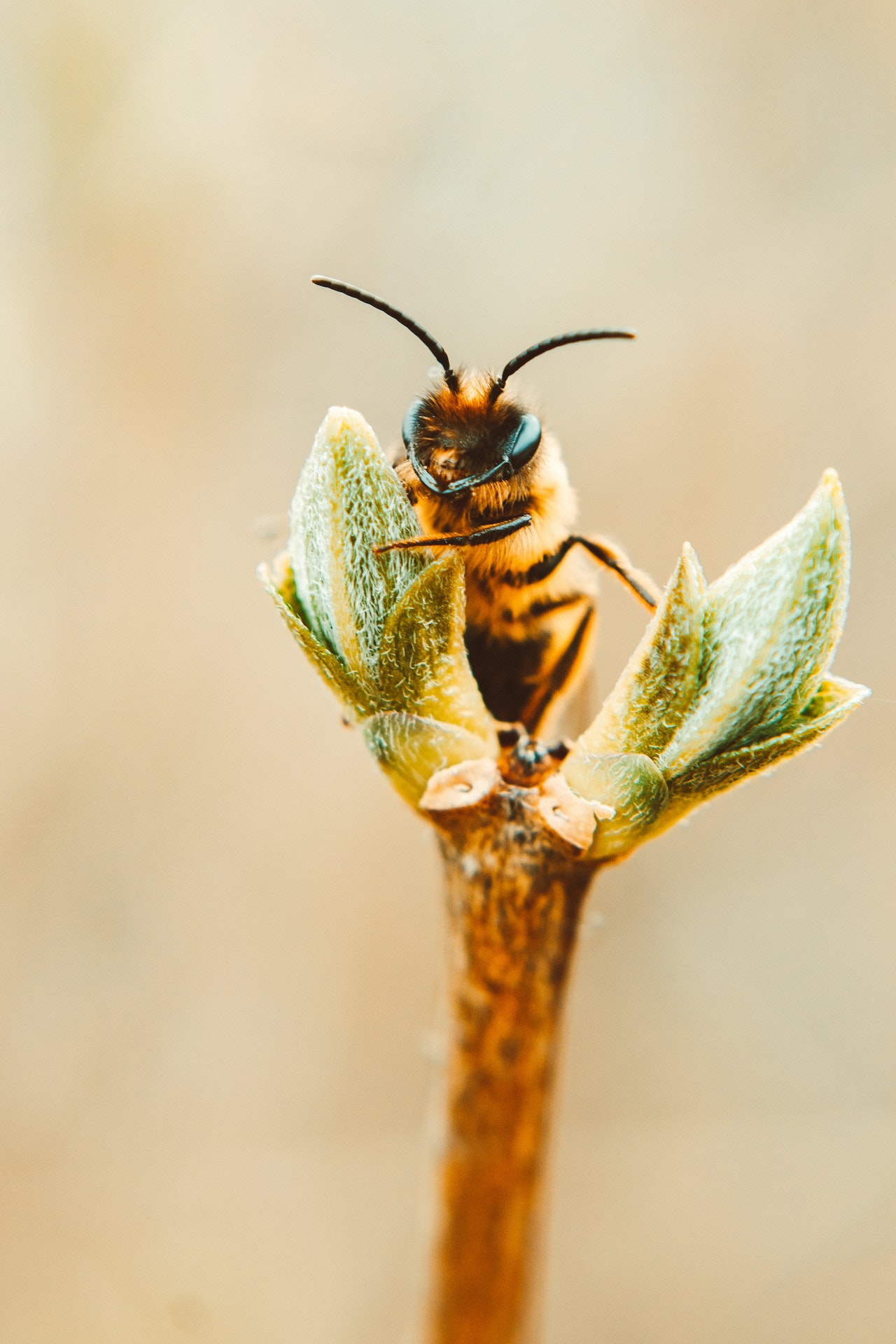Air pollution harming pollinating bees, endangering food security

Image: Lisa Fotios | Pexels
A new study has found that air pollution is preventing pollinating bees from finding flowers because it degrades their scent.
A research team comprising the UK Centre for Ecology & Hydrology (UKCEH) and the Universities of Birmingham, Reading, Surrey, and Southern Queensland, found that ozone substantially changes the size and scent of floral odour plumes given off by flowers, and that it reduced honeybees' ability to recognise odours by up to 90 per cent from just a few metres away.
Ground-level ozone typically forms when nitrogen oxide emissions from vehicles and industrial processes react with volatile organic compounds emitted from vegetation in the presence of sunlight.
Professor Christian Pfrang from the University of Birmingham, who collaborated on the research said: "Our study provides robust evidence that the changes because of ground-level ozone on floral scent cause pollinators to struggle to carry out their crucial role in the natural environment, also with implications for food security."
The findings suggest that ozone is likely to be having a negative effect on wildflower abundance and crop yields. International research has already established that ozone has a negative effect on food production because it damages plant growth.
Dr Ben Langford, an atmospheric scientist at UKCEH who led the study, said: "Some 75 per cent of our food crops and nearly 90 per cent of wild flowering plants depend, to some extent, upon animal pollination, particularly by insects. Therefore, understanding what adversely affects pollination and how, is essential to helping us preserve the critical services that we reply upon for production of food, textiles, biofuels and medicines, for example."
The researchers used a 30 metre wind tunnel at Surrey University to monitor how the size and shape of odour plumes changed in the presence of ozone. As well as decreasing the size of the odour plume, the scientists found that the scent of the plume changed substantially as certain compounds reacted away much faster than others.
Honeybees were trained to recognise the same odour blend and then exposed to the new, ozone-modified odours. Pollinating insects use floral odours to find flowers and learn to associate their unique blend of chemical compounds with the amount of nectar they provide, allowing them to locate the same species in the future.
The research showed that towards the centre of plumes, 52 per cent of honeybees recognised an odour at six metres, decreasing to 38 per cent at 12 metres. At the edge of plumes, which degraded more quickly, 32 per cent of honeybees recognised a flower from six metres away and just a tenth of the insects from 12 metres away.
The study indicates that ozone could also affect insects’ other odour-controlled behaviours, such as attracting a mate.
Professor Pfrang concluded: "We know that air pollution has a detrimental effect on human health, biodiversity, and the climate, but now we can see how it prevents bees and other pollinating insects from carrying out their key job. This should act as a wake up call to take action on air pollution and help safeguard food production and biodiversity for the future."
The research was funded by the Natural Environment Research Council, part of UK Research and Innovation, and was published in the journal Environmental Pollution.